Do you love the beauty of flowering shrubs, but dread all the maintenance that comes along with them? The Knockout Rose could be your solution! Not only are they one of the most popular roses among gardeners and landscapers due to their stunning colors and long lasting blooms, but they require minimal effort to keep looking vibrant throughout each season. If you’re ready to experience easy rose gardening, as well as control how much or little bloom time your bush has, learning how to deadhead knockout roses is key. Read on below for a comprehensive guide on deadheading these plants so that you can maximize both their aesthetics and their health!
What is Deadheading?
Deadheading is the practice of removing spent flowers from plants. Deadheading encourages new growth and blooms, prevents plants from wasting energy on setting seed, and improves their overall appearance.
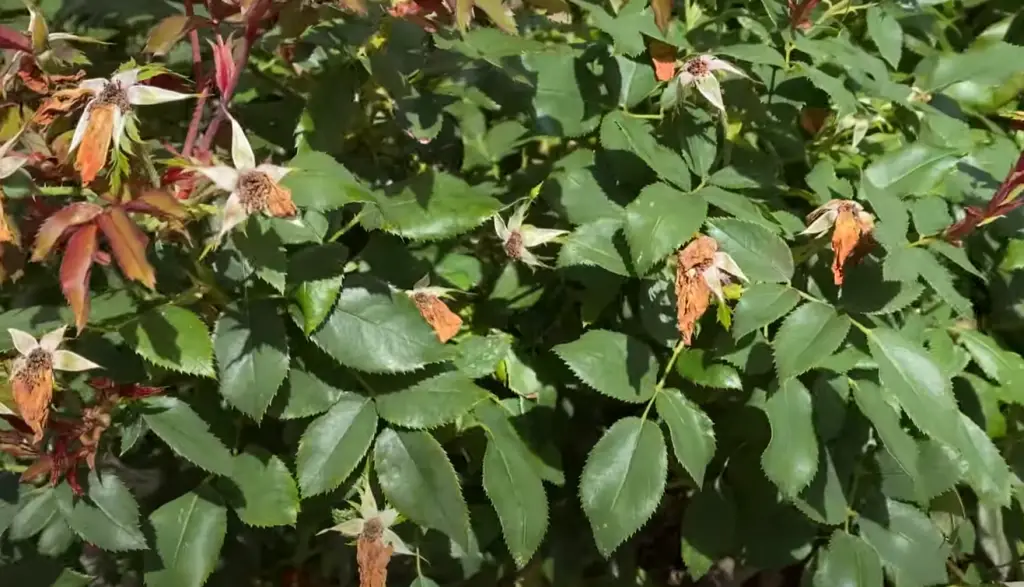
For knockout roses, regularly removing spent flowers, known as deadheading, is crucial to maintaining their health and vibrancy as they grow.
How To Deadhead Knockout Roses: Step-by-Step Guide
- Look for faded or discolored blooms on the roses. When you spot one, take a pair of pruning shears and snip off the faded flower just below the head of petals. This is called deadheading and it will encourage new growth and blooming.
- If needed, use pruning shears to trim any long stems back so that they don’t become too tangled or unruly. Be sure to make clean cuts at an angle just above a leaf node on each stem, which encourages side shoots to form beneath the cut point.
- Remove any other dead or damaged foliage throughout the rose bush as necessary in order to keep it looking tidy and healthy.
- Once finished, give the roses a good watering and fertilize them if needed. This will help keep the roses blooming all season long!
By following these steps, you can ensure that your Knockout Roses not only retain their beauty but also bloom continuously throughout the growing season. With careful attention and proper care, your roses will thrive and bring joy to your garden all year round. [1]
Benefits of Deadheading Knockout Roses
Deadheading Knockout Roses offers a host of benefits. It helps to promote more blooms throughout the season and ensures plants stay healthy and attractive. Additionally, deadheading prevents rose hips from forming, which can detract from the look of the plant. Doing this also reduces the amount of time spent pruning in the future as it encourages new, more compact growth. Lastly, removing fading flowers encourages more energy to be put into producing fruitful flowers. Deadheading is an easy process that requires no special tools or knowledge, making it ideal for beginning gardeners as well as seasoned horticulturists alike.
Invest just a few minutes each day in deadheading your Knockout Roses, and you’ll reap the rewards of breathtaking beauty that lasts for months on end. With the help of deadheading, your Knockout Roses will be sure to put on a show all summer long!
Tips in Deadheading Knockout Roses
- It is best to deadhead Knockout roses in the spring, before they have gone into full bloom. This will help promote a second flush of blooms later in the season.
- To deadhead, use sharp garden shears or scissors and cut off the spent flower heads just above a leaf joint, or node. Make sure not to cut too low down on the stem as this can damage the plant’s growth habit.
- Remove any faded flowers promptly; do not let them turn brown as this indicates that seed production has begun which will decrease flowering potential for future seasons.
- Continue to deadhead through midsummer until you notice that new buds are no longer forming.
- For added care, prune the stems back lightly after deadheading to encourage additional branching and fuller blooms in future seasons.
With regular deadheading, Knockout roses can provide a long-lasting display of colorful blooms throughout the summer season!

Note: Always wear protective gloves while handling roses as their thorns can be sharp and painful. Additionally, it is recommended to sanitize garden tools before and after use to prevent disease transmission from one plant to another. [2]
Misconception in Deadheading Knockout Roses
Misconception #1: Cutting on The Wrong Branch Can Kill Your Roses
It is not true that cutting on the wrong branch will kill a rose bush, however it can affect its growth and health if done improperly. Improperly deadheading knockout roses can lead to weak stems and fewer flowers. The correct way to deadhead knockout roses is to cut back the spent blooms at an outward-facing bud, no more than one or two inches above the existing leaf set.
Misconception #2: You Have To Prune The Stem at a 45-Degree Angle
This is a common misconception about deadheading knockout roses, as it’s not necessary to prune the stem at a 45-degree angle. Instead, you should cut back the spent blooms just above an outward facing bud and no more than two inches above the existing leaf set. Doing this will encourage healthier growth and allow for greater flowering potential in future years.
Misconception #3: Deadheading Roses Takes Too Much Time
Deadheading your roses does take some time, but it’s worth it if you want to see maximum health and flowering potential from your roses. It doesn’t have to be done every day or even every week; once a month in spring and summer is usually enough to ensure that your roses stay healthy and prolific.
Taking the time to properly deadhead roses will ensure healthier growth and longer lasting blooms throughout the spring and summer months.What is Special about Knockout Roses?
Knockout roses are a popular choice for gardeners due to their low maintenance, disease-resistance, and colorful blooms. They can thrive in almost any type of climate, from cold winters to hot summers.
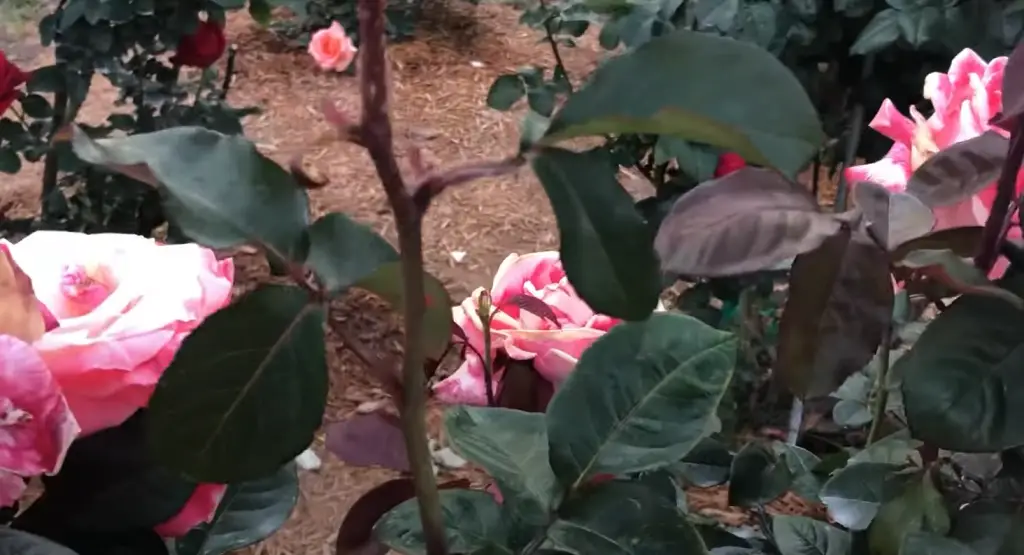
In addition to their ease of care, Knockout roses provide a vibrant display of color with up to four flushes of bloom throughout the growing season and can be used in many different types of landscaping. With proper pruning and deadheading, you can help keep your Knockout roses looking their best year-round. [3]
What is the Difference Between Knockout Roses and Regular Roses?
Knockout roses are a type of rose developed and introduced by William Radler in 2000. They are hybrided from three different types of roses, including the R. rugosa (Japanese Rose), R. x harisonii (Cecile Brunner Rose) and Rosa Foetida (Austrian Copper). Knockout roses are distinguished from regular roses by their easy maintenance and high resistance to disease.
Unlike other varieties of rose, knockout roses do not require extensive pruning or deadheading. Deadheading is a process that involves removing old blooms from the plant before they form seeds so that energy can be transferred to younger flowers, resulting in more blooms overall. The self-cleaning nature of knockout roses eliminates the need for deadheading, allowing plants to produce blooms continually throughout the season. In addition, knockout roses require less water than regular roses and grow in a wide range of soils with little additional fertilization or maintenance.
Overall, knockout roses are much easier to care for and maintain than traditional varieties of roses. They are hardier and able to withstand more extreme weather conditions as well as resist disease better. As a result, they provide beautiful blooms from spring all the way through fall with very little effort on the part of the gardener. [4]
What Are the Cons of Knockout Roses?
Despite their many benefits, Knockout roses do have some drawbacks. First, they grow rapidly and can become overgrown for small yards or gardens. Also, regular pruning is required to maintain the desired shape of the shrub. Additionally, these roses are susceptible to pests and diseases like black spot and powdery mildew. If not treated promptly, these infestations can cause significant damage to the plant’s foliage and flowers. Finally, knockout roses are winter hardy only in USDA zones 5 through 9; this limits their growth outside of those areas unless potted indoors during colder months.
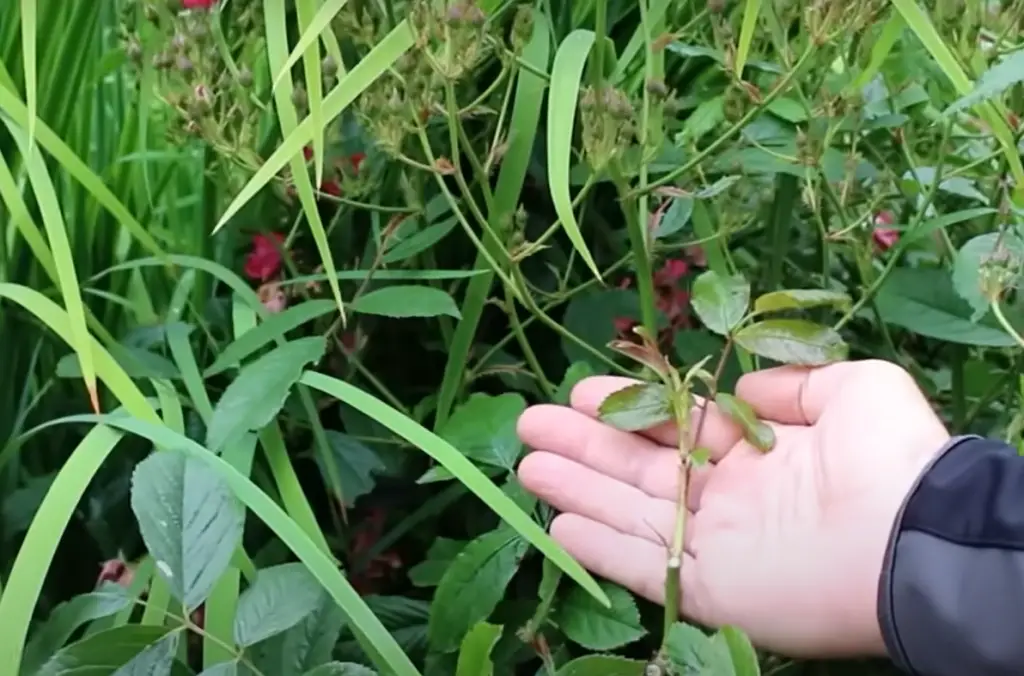
In sum, while Knockout Roses offer a lot of advantages for your garden or landscape design with their vibrant colors and stunning blooms, it is important to understand the cons associated with these plants.
With proper care, however, Knockout Roses can provide an eye-catching addition to any outdoor space.Will Knockout Roses Bloom All Summer?
Yes, Knockout Roses are known for their extended blooming season and will bloom from spring to fall. To ensure that the flowers stay vibrant all summer long, deadhead any spent blooms as they occur and keep the soil moist but not soggy. Additionally, you can fertilize regularly with a balanced fertilizer or rose food to encourage additional growth and flowering. With proper care, your Knockout Rose shrubs should remain in bloom for many months. [5]
How Long Do Knockout Roses Live?
Knockout roses are known for their long-lasting beauty and ease of care. They can live up to 10 years with proper maintenance, although some varieties can survive longer or shorter depending on the conditions in which they are grown. Most gardeners will find that pruning and deadheading their Knockout roses is a key part of keeping them healthy and vibrant, as it helps promote new growth and keep plants blooming throughout the growing season.
To ensure your Knockout roses stay healthy and look their best for many years to come, be sure to provide them with regular deadheading. This practice will stimulate new blooms while helping to maintain shapely bushes that are pleasing to look at. Additionally, make sure you water your Knockouts regularly and give them plenty of sunlight. With a little TLC, you can keep your Knockouts around for many more years to come!
Are Knockout Roses Fragrant?
Many rose enthusiasts are in love with the knockout roses because of their wide range of colors, boldness, and long-lasting blooms. However, one question they often ask is whether or not these flowers are fragrant.
The answer is no; knockout roses have little to no fragrance. This is due in part to the breeding process used to create them. Knockout roses are developed through hybridization, and this technique reduces the plant’s ability to produce a strong scent. As a result, the roses lack an intense smell that characterizes some traditional varieties.
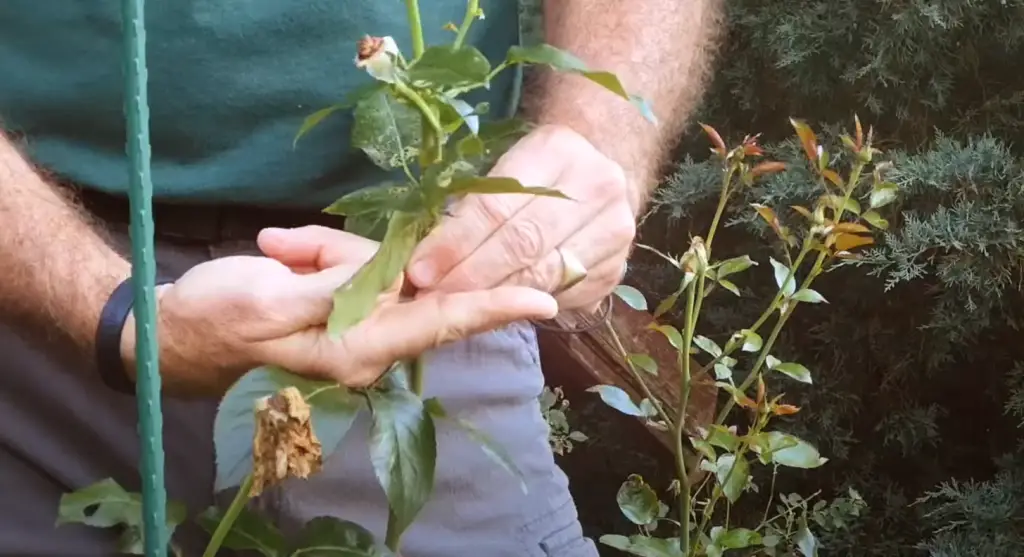
Despite this fact, many gardeners still grow knockout roses due to their hardiness and eye-catching beauty. Additionally, breeders have been able to create some varieties that are ever so slightly fragrant. For example, the Double Knockout Rose produces a light scent and is a popular choice for many gardeners.
These flowers have been bred over time to produce strong aromas that will easily be detected when you stroll past them in your garden. [6]How Fast Do Knockout Roses Grow?
Knockout roses are fast-growing shrubs that can reach full maturity in just a few years. They can grow up to 3 feet tall and wide. The blooms of Knockout roses come in shades of red, pink, yellow, and white, and they bloom throughout the summer months. Knockout roses require minimal pruning and deadheading for optimum growth. Deadheading is an essential process that should be done on all varieties of roses to promote further floral growth and to keep the plants looking neat and healthy.
FAQ
Should I deadhead my knockout roses?
Yes, deadheading roses is important to keep them looking their best. Removing the spent blooms encourages new growth and helps to prevent diseases. If you don’t remove the old flowers, they may start to look unkempt or unsightly. When should I deadhead my knockout roses?It’s best to wait until after bloom season has finished to begin deadheading your knockout roses. This helps ensure that you won’t be removing any developing flower buds unintentionally. Once all of the blooms have faded, cut off any remaining flower heads at a 45-degree angle just above an outward-facing leaf bud.
How often should I deadhead my knockout roses?
You should deadhead your knockout roses at least once a week during the blooming season. This will help to keep them looking neat and encourage more new flowers to form. Additionally, you should prune back any dead or damaged branches as soon as you notice them in order to keep your plants healthy.
Do I need any special tools to deadhead my knockout roses?
No, all you need is a pair of sharp gardening shears or pruning scissors. Make sure that your tools are clean and sharp before using them on your rose bushes so that you don’t spread any diseases between plants.
How do you keep knockout roses blooming?
Deadheading is an important part of maintaining the health and blooming habits of knockout roses. Deadheading involves removing spent flowers from the plant, which allows for new, fresh blooms to form. To deadhead knockout roses, use a pair of pruning shears or scissors and cut off any flower heads that are brown or wilted. Make sure to make your cut just above where the stem meets the main branch – this will ensure that new buds can form in their place. Additionally, be careful not to damage any emerging buds while you’re pruning so they’ll have room to grow and bloom without obstruction. You should deadhead your roses regularly during the growing season (late spring through early fall). Doing this will encourage more blooming and help keep your roses looking beautiful!
Do Knockout Roses grow faster when you deadhead them?
The answer is yes! Deadheading Knockout Roses encourages new growth, helps the plant stay healthy and ensures that you will enjoy a flush of beautiful blooms every spring. To deadhead Knockout Roses, simply use pruning shears or scissors to cut off the spent flowers about one-half inch above their base.
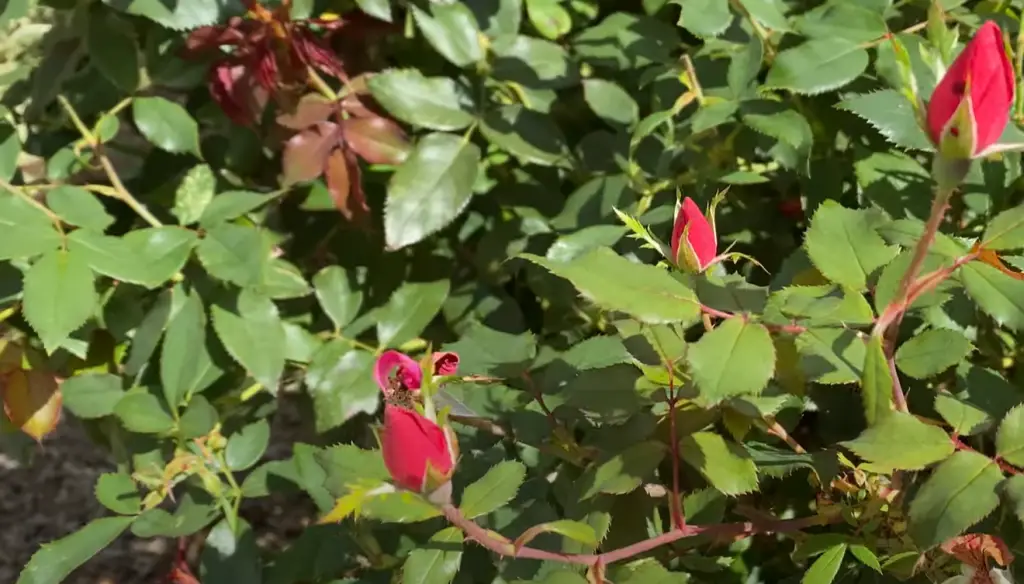
This will help keep your roses looking neat and encourage even more new blooms throughout the season. Be sure to remove any leaves that are discolored, damaged, or diseased as well. Finally, apply an organic fertilizer when you’re done deadheading to give your roses an extra boost before winter sets in.
How long does it take for roses to bloom after deadheading?
It takes anywhere from a few days to a couple of weeks for new blooms to appear after deadheading Knockout roses. This is because some of the buds that are removed during deadheading may have already started developing, and it can take time for new ones to form and open. Additionally, many factors such as weather conditions, soil fertility, and available sunlight will affect how quickly the rose bush will produce new blooms after being pruned. With proper care and attention, however, you can expect your Knockout roses to be in full bloom again within a few weeks of deadheading.
What happens if you don’t deadhead roses?
If you don’t deadhead knockout roses, they will produce fewer flowers. The plants will instead use their energy to grow more foliage. Also, the plant may become overcrowded and leggy as it grows taller and less compact than desired. The blooms that do appear will likely be smaller in size than if the deadheading was done regularly. Deadheading helps keep the rose bush looking neat and tidy while encouraging new growth and larger blooms to form. It is best to practice deadheading knockout roses on a regular basis for an aesthetically pleasing garden or outdoor space. Aside from keeping your roses looking neat, deadheading also encourages healthy growth in your plants by preventing them from going into survival-mode and using all of their energy reserves for foliage instead of flowers.
How long do knock-out roses live?
Knock-out roses are a hardy variety of rose that are easy to care for and will thrive in many different climates. With proper care, they can live up to 20 years or more. To ensure that your flowering shrub has the best chance at a long life, it is important to deadhead them regularly starting when buds begin to form. Deadheading knock out roses involves removing spent flowers and foliage throughout the growing season. This encourages continued blooming and can help keep the plant looking attractive all year round. Removing faded blooms also helps prevent disease and keeps the plant healthy by not allowing excess growth.
Useful Video: Deadheading Knockout Roses
Conclusion
Deadheading Knockout Roses can be an enjoyable activity that will keep your garden looking its best. Taking the time to remove spent blooms will ensure continued flowering throughout the summer months and into the fall. It is a simple procedure that requires a pair of shears or pruning scissors, so you don’t have to invest in costly tools or equipment. With proper deadheading techniques, your roses should stay healthy and vibrant for many seasons to come!
References:
- https://www.gardenerbasics.com/blog/how-to-deadhead-knockout-roses
- https://www.petscribbles.com/should-you-deadhead-knockout-roses/
- https://www.knockoutroses.com/faqs
- https://www.gardenloversclub.com/ornamental/flowers/roses/deadhead-knockout-roses/
- https://www.prairiegardens.com/blog/knockout-rose-care/
- https://www.bhg.com/gardening/how-to-garden/how-to-deadhead-roses/





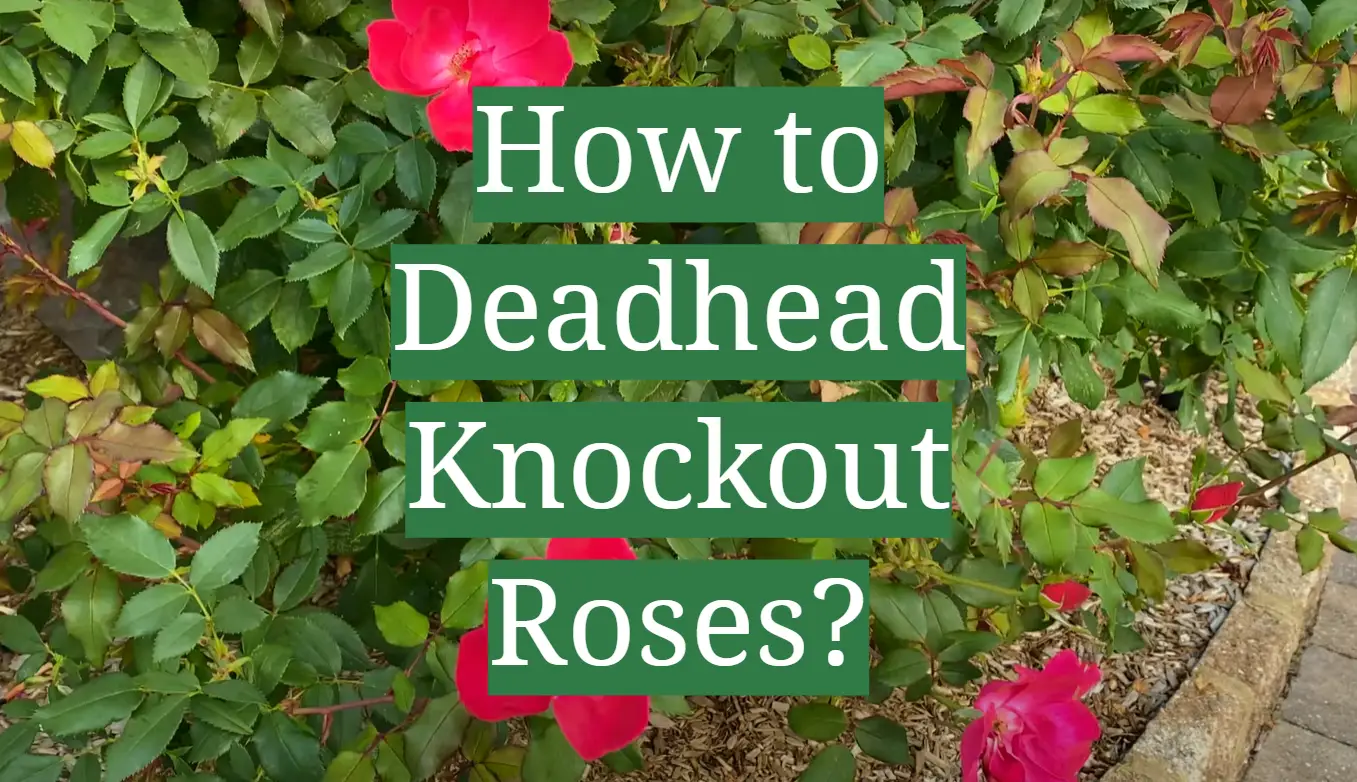




Leave a Reply
View Comments